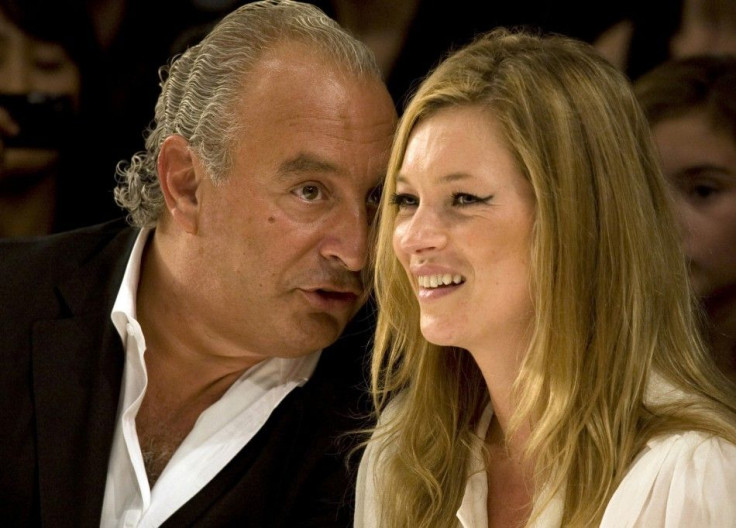Top 1% of UK wage-earners pay 25% of all income tax

The top 1 percent of wage-earners in Britain will may almost one-quarter of the country’s income taxes this year, according to a study by HM Revenue and Customs (HMRC).
By contrast, the Daily Telegraph paper pointed out, during the late 1970s (a period of UK history associated with “super-taxes”), the top one percent paid only 11 per cent of all the tax revenues.
The latest data, analyst suggest, reflect how “the rich had got richer over the last three decades, while the tax burden on them had increased substantially in recent years.”
Just two years ago, during the 2008-2009 tax period, it required 648,000 of the wealthiest taxpayers to pay 25 percent of total tax revenues.
Last April, the new maximum income tax rate of 50 percent became effective, pushing the elite of super-wealthy Britons into a tax bracket not seen since the late 1980s.
The rich are getting proportionately richer, and therefore are paying more tax,:” said John Whiting, the Tax Policy Director of the Chartered Institute of Taxation. In a curious way. it demonstrates what a contribution they make. It is well worth the country attempting to keep them here. In trading terms, they make a considerable profit for the taxman.
The HMRC forecast that 275,000 people in the country (who will be subject to the 50 percent rate this year), will shell out £41.4-billion in tax – or about 25.7 per cent of the nation’s total income tax bill. (There are in excess of 30-million taxpayers in the UK).
© Copyright IBTimes 2024. All rights reserved.











